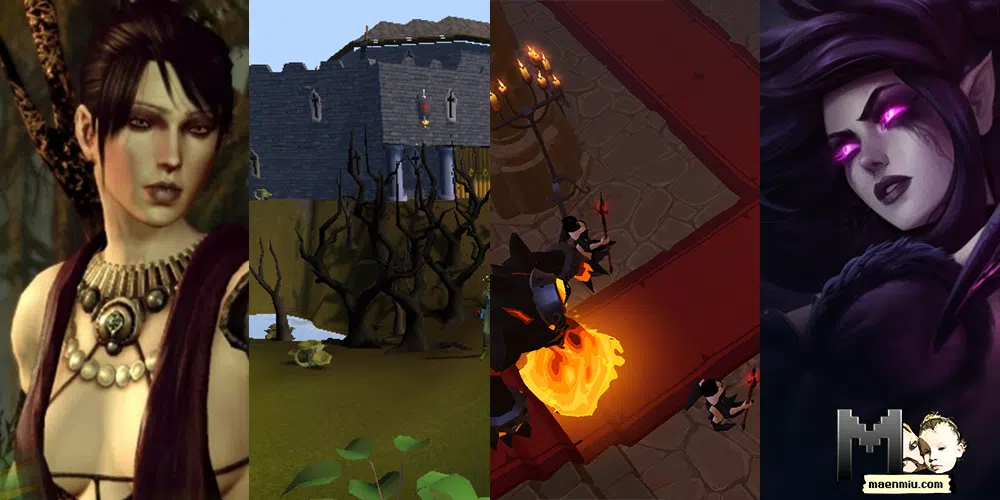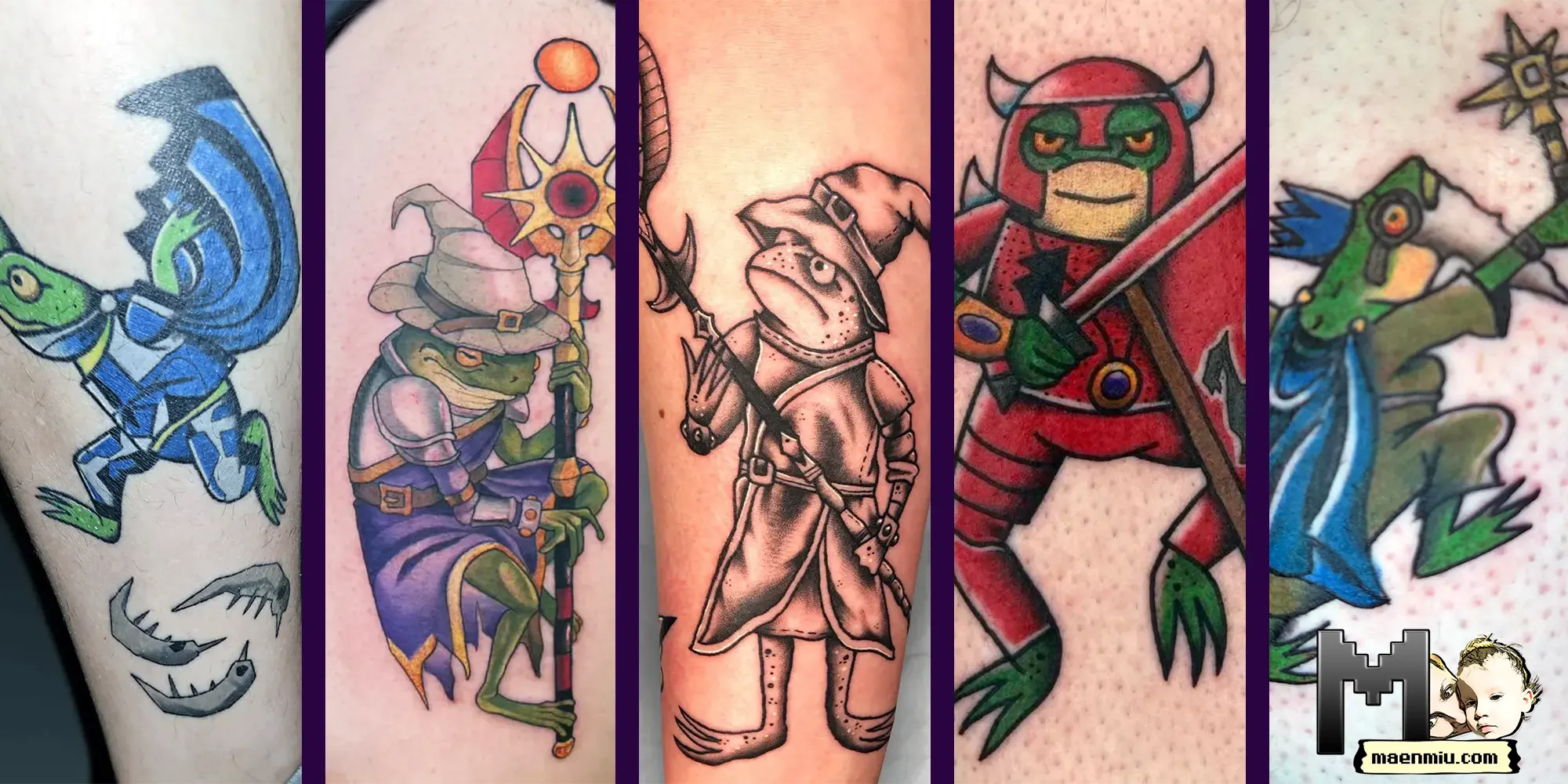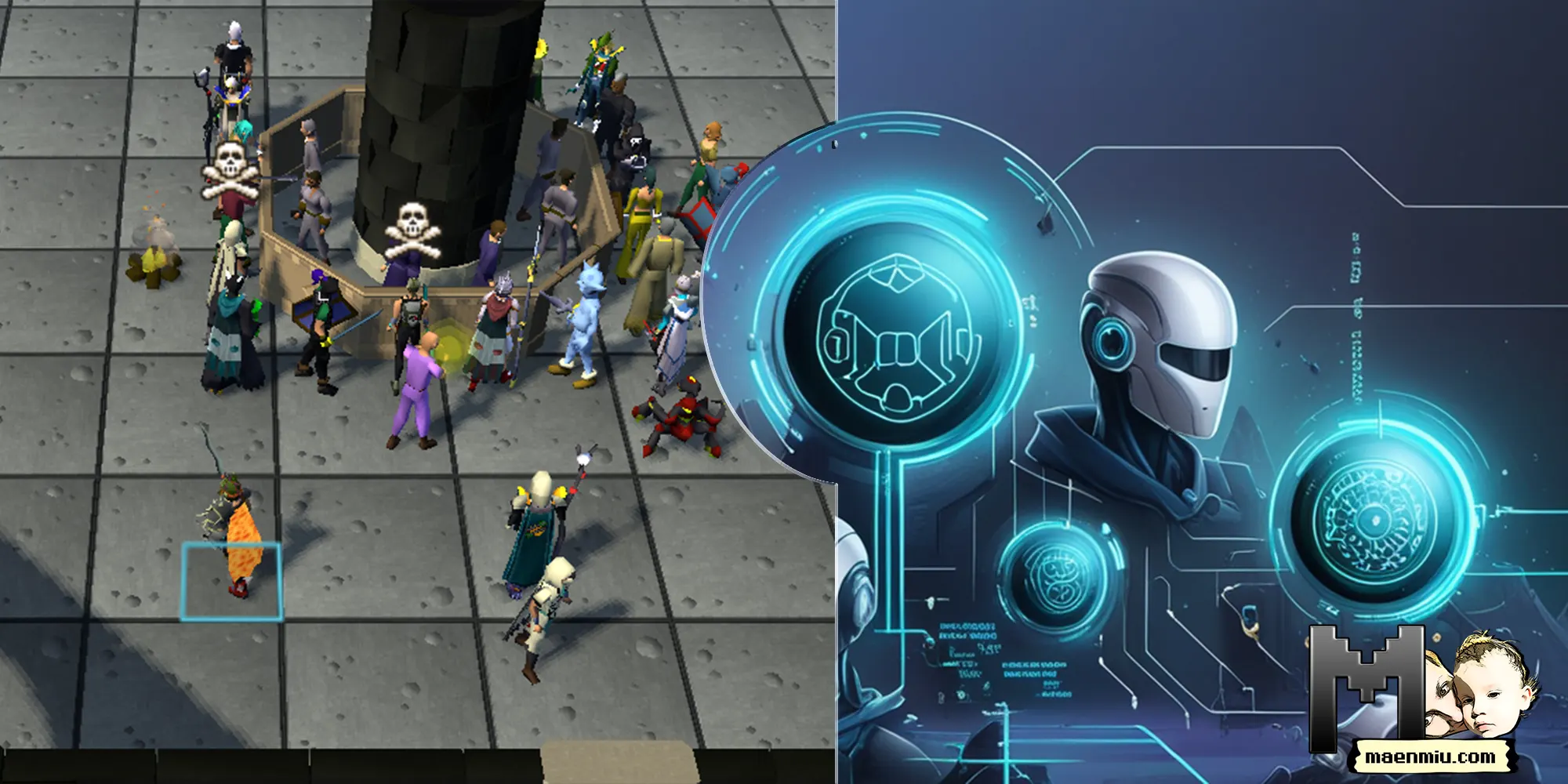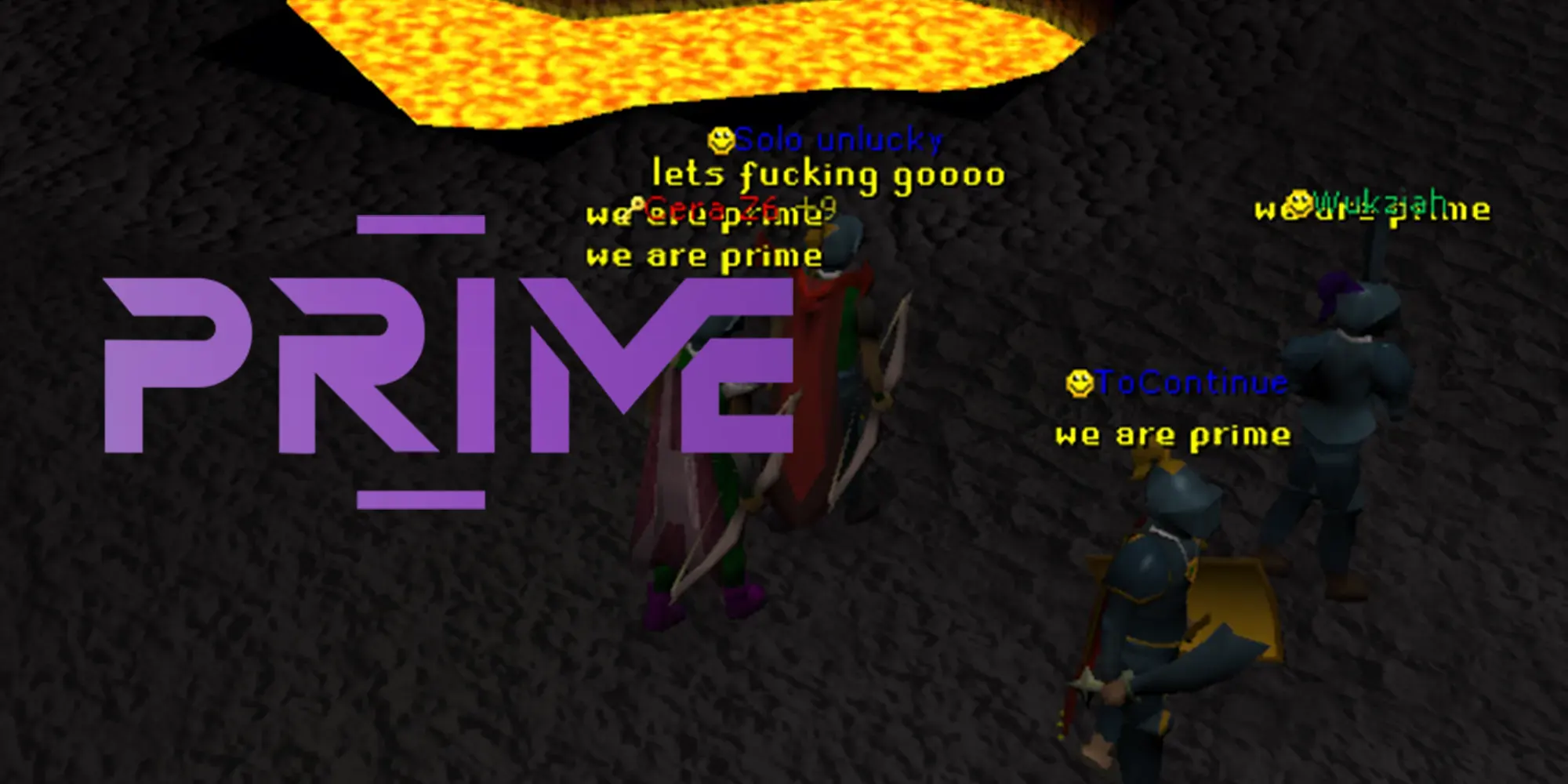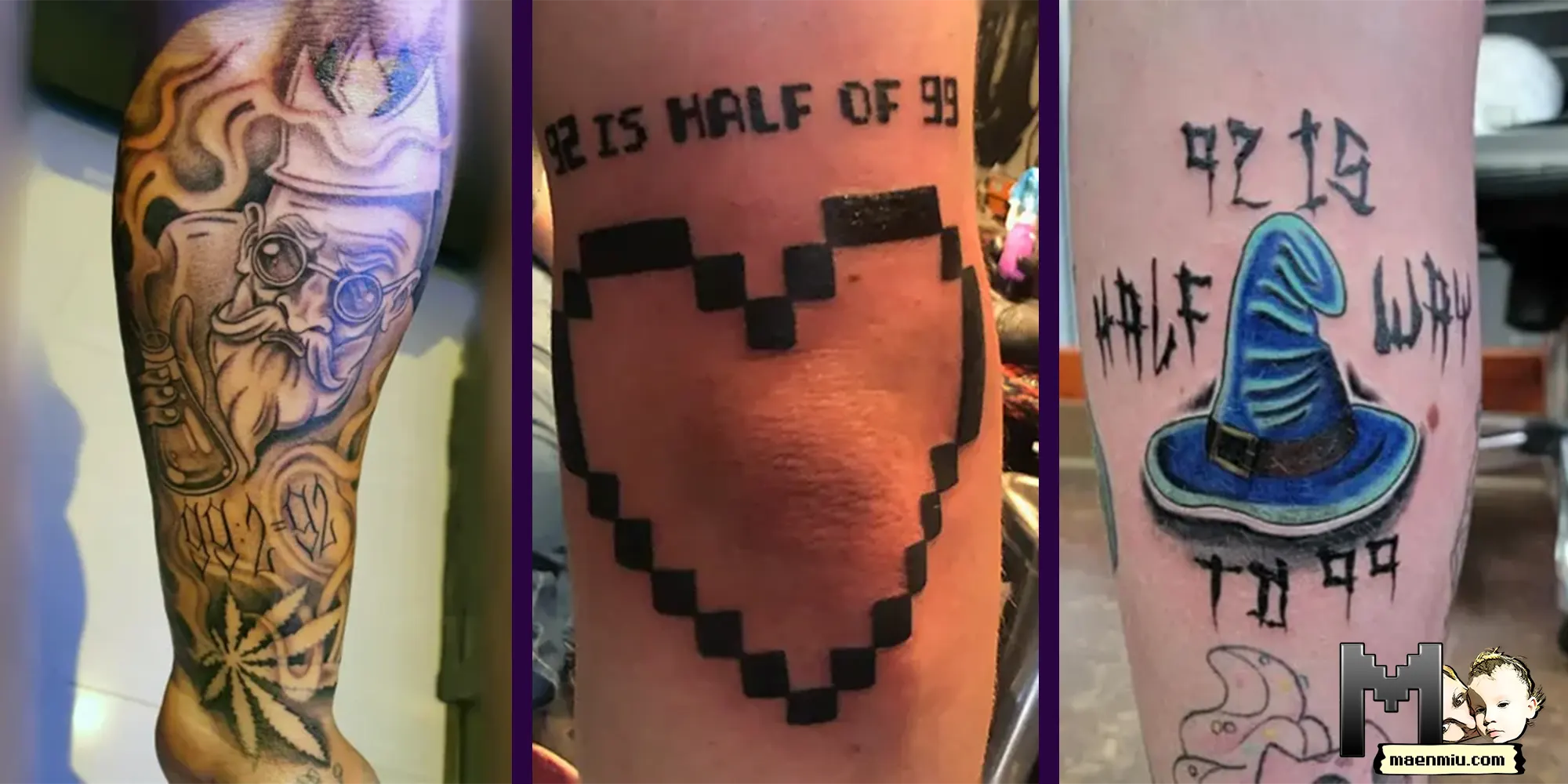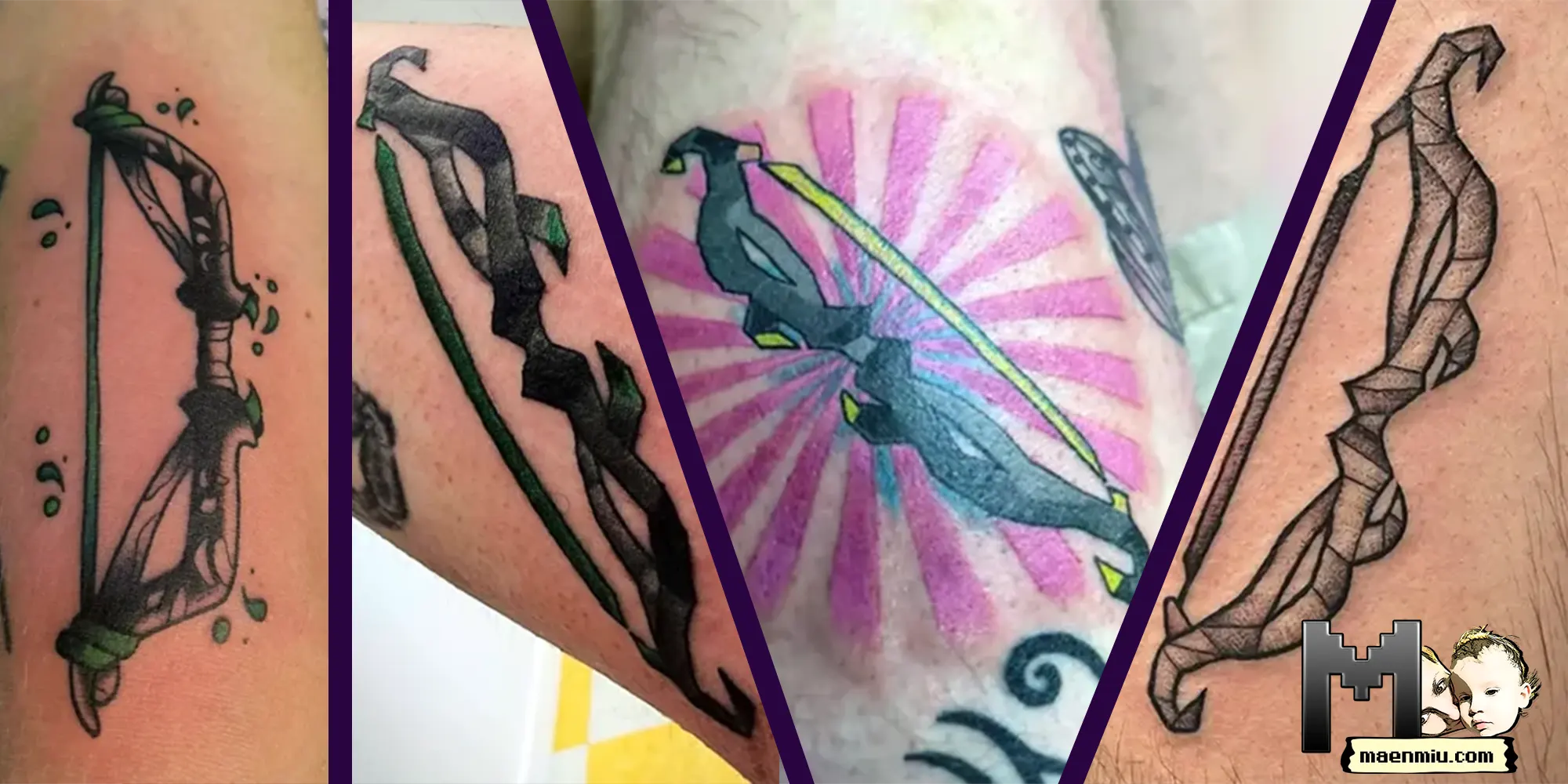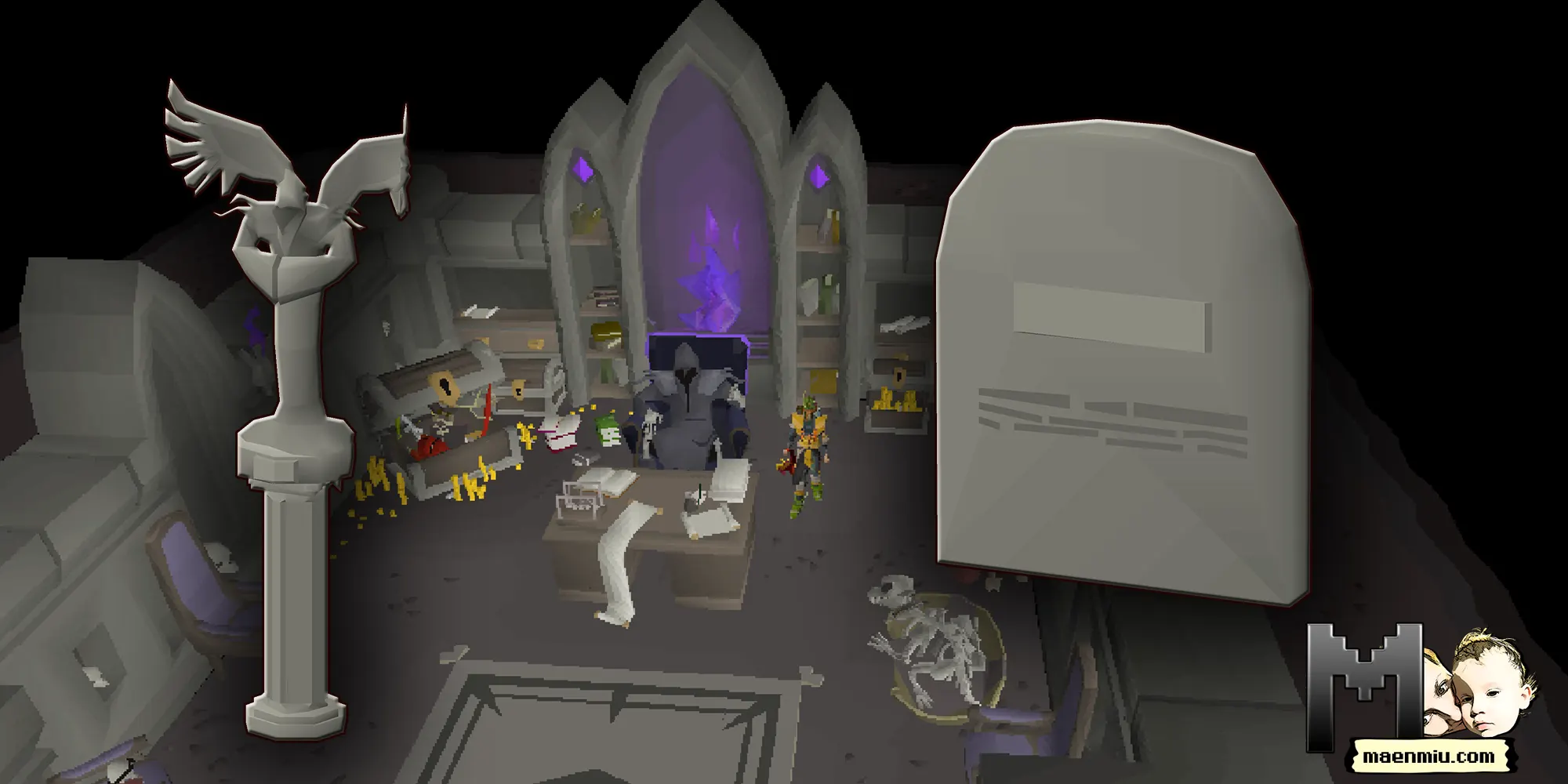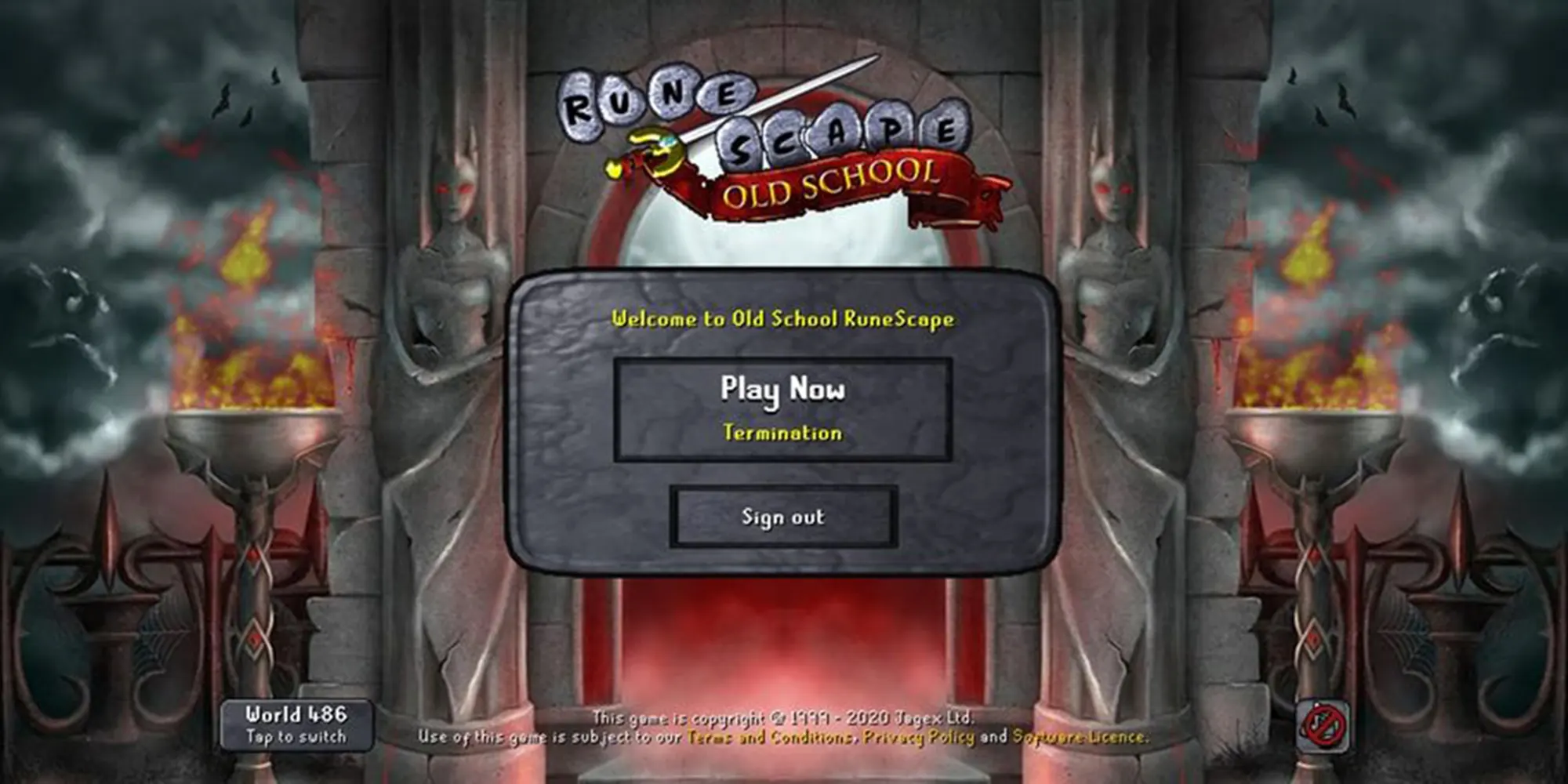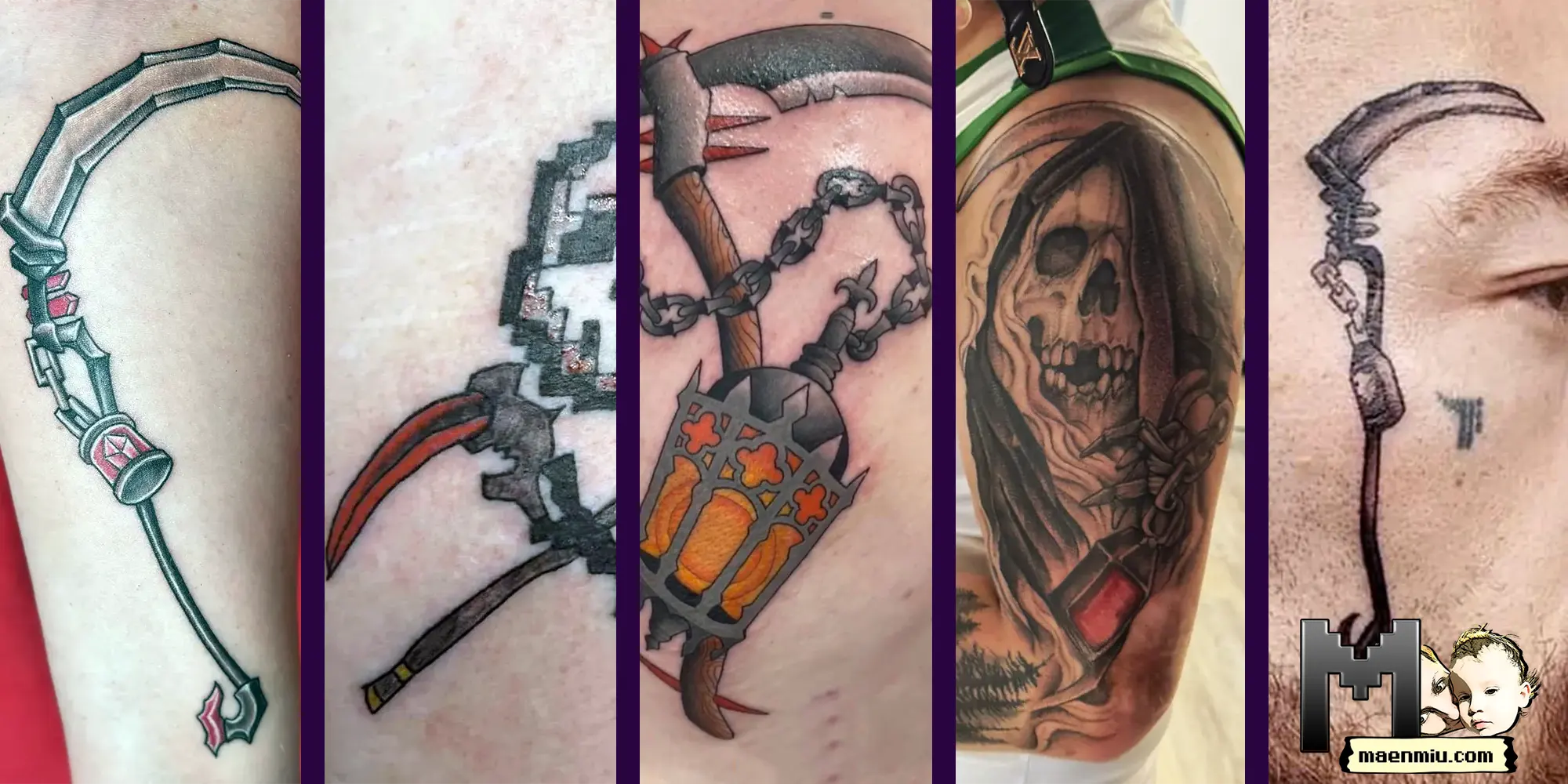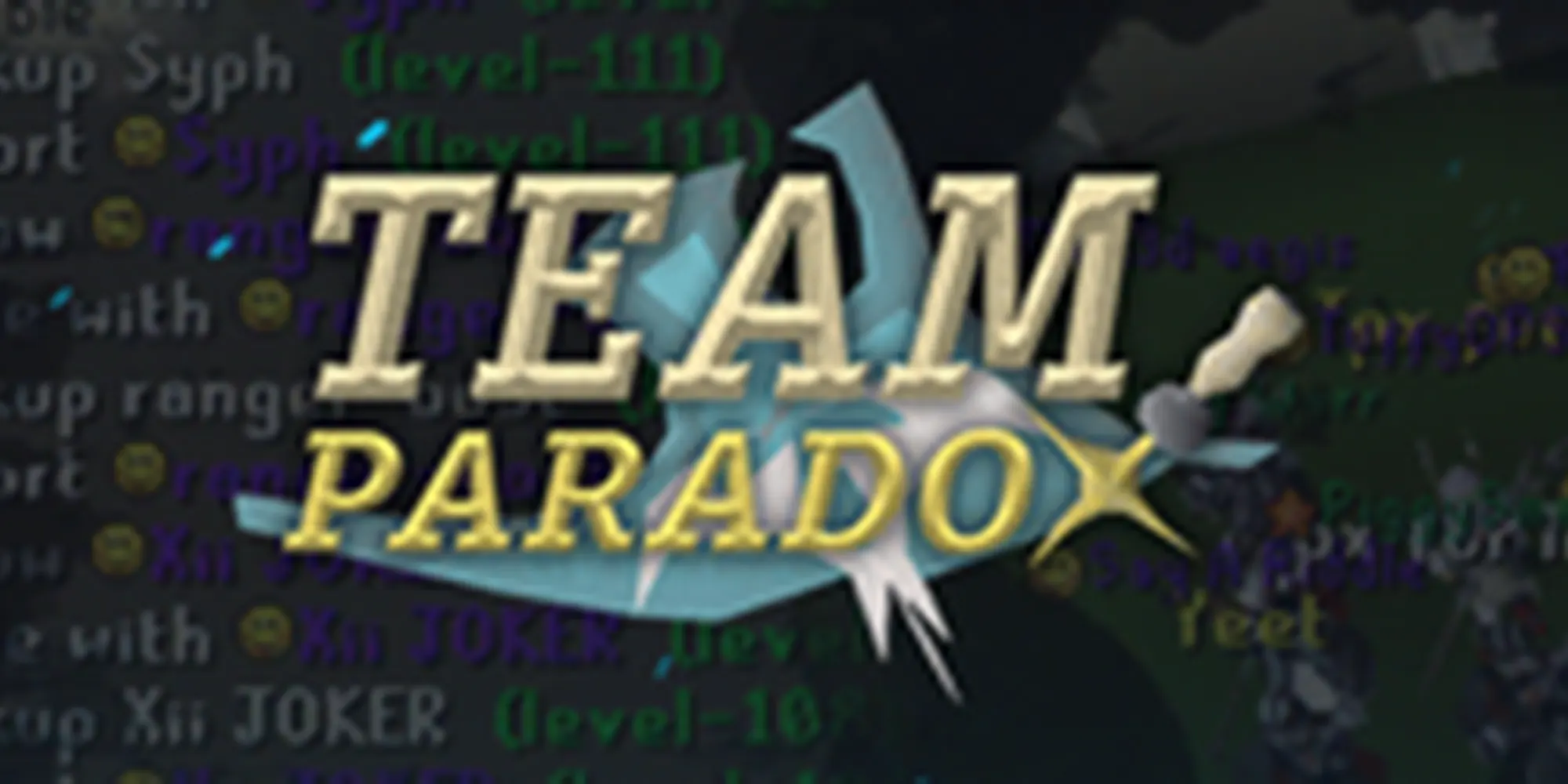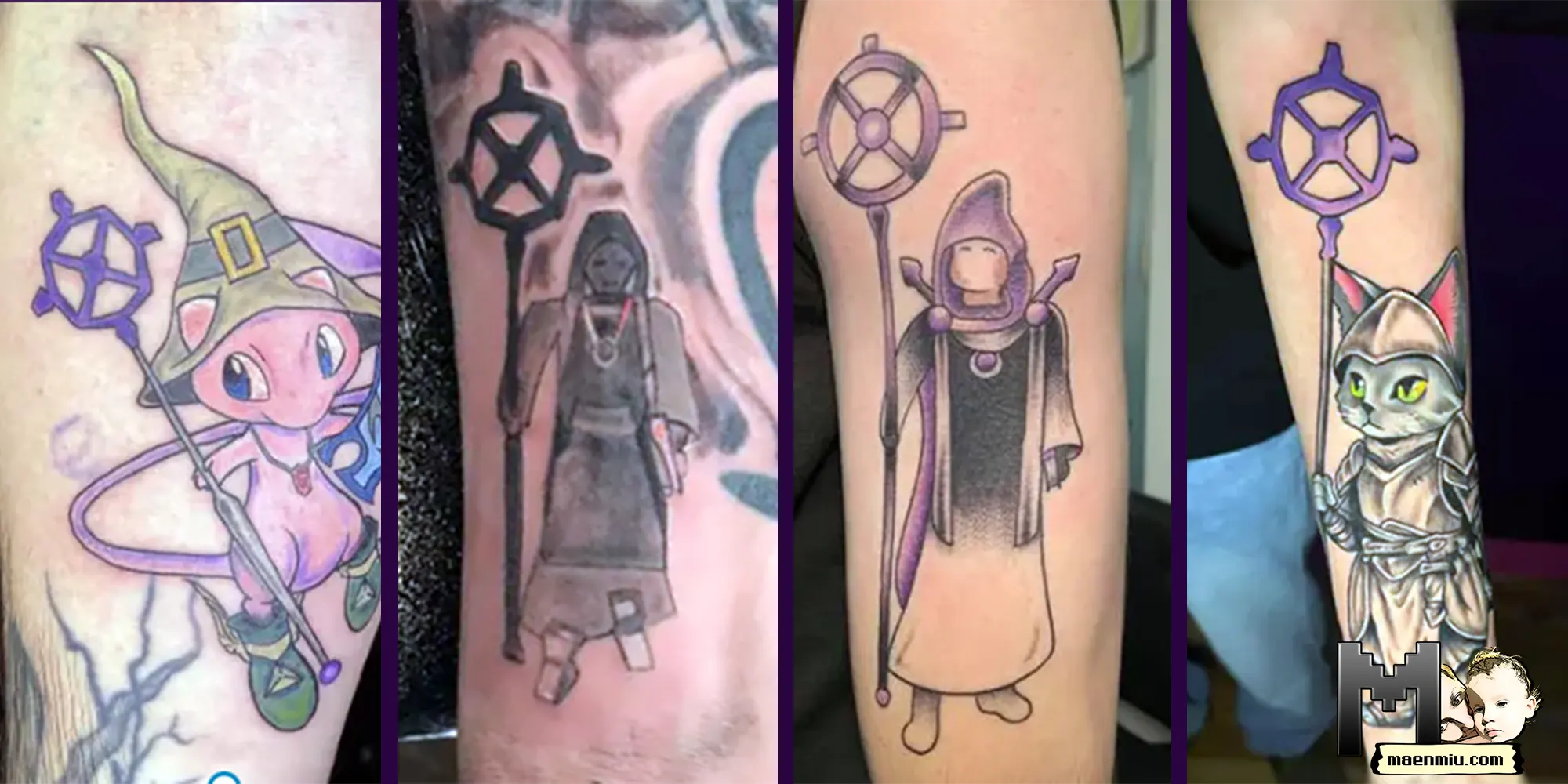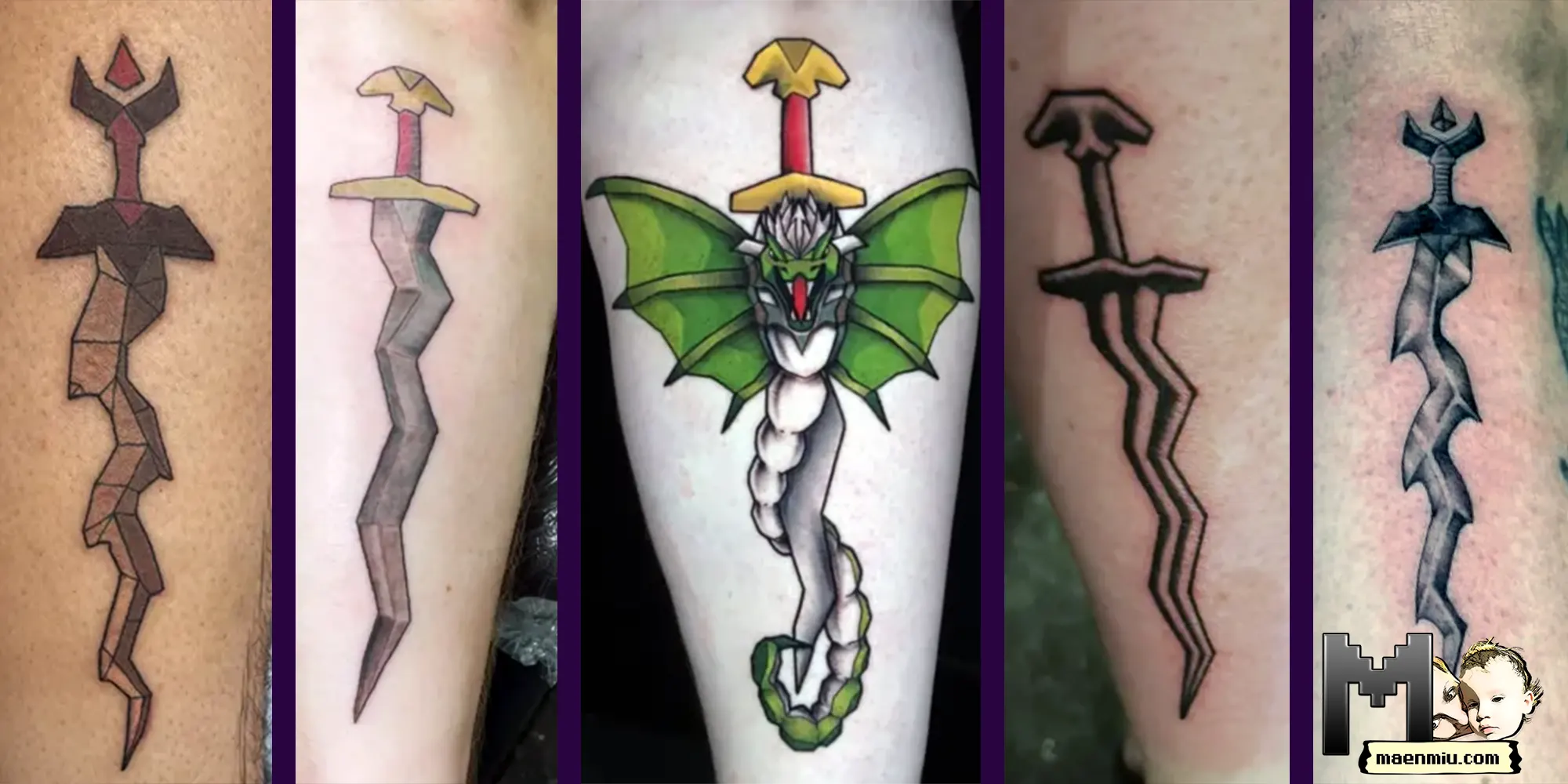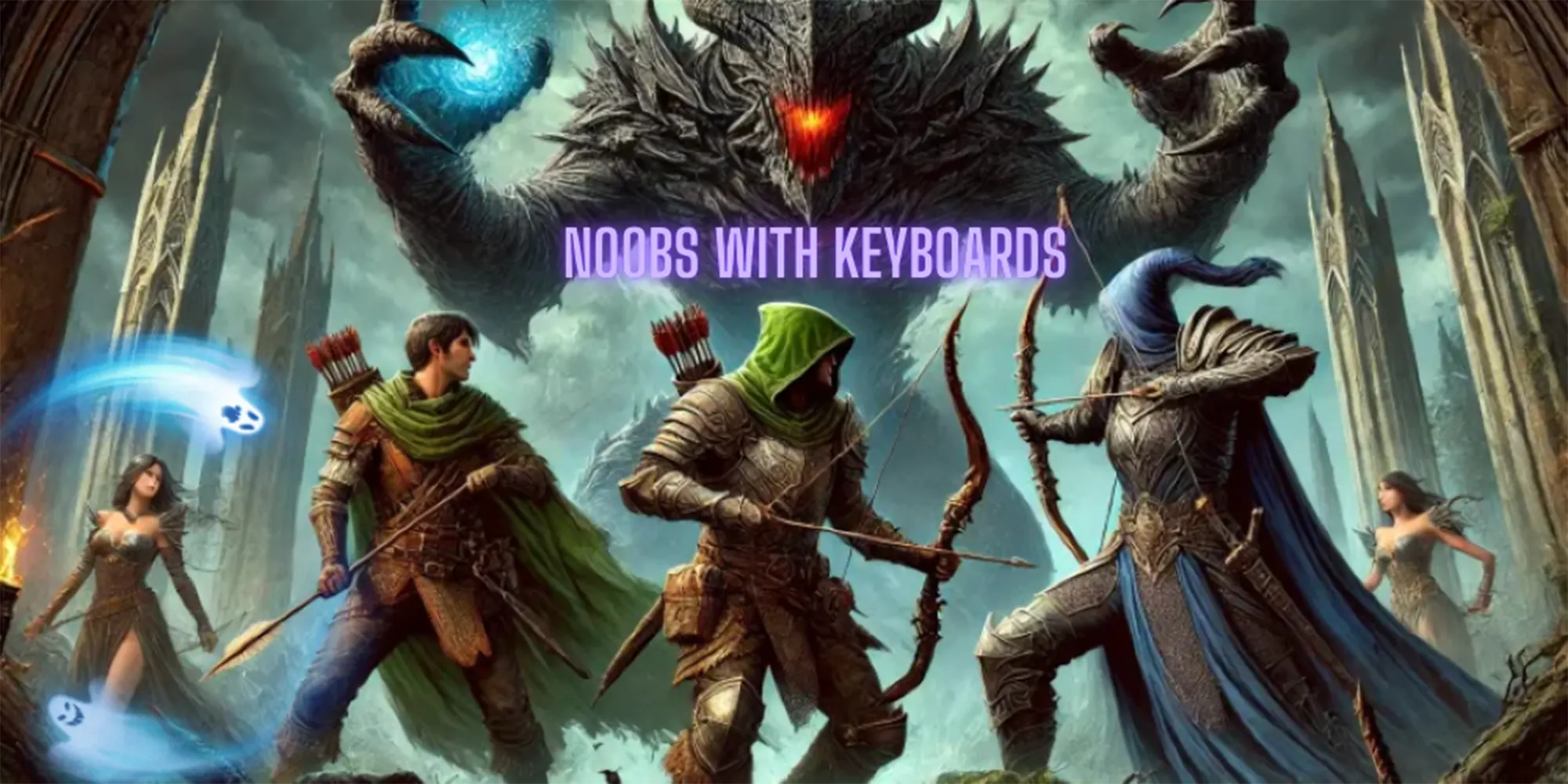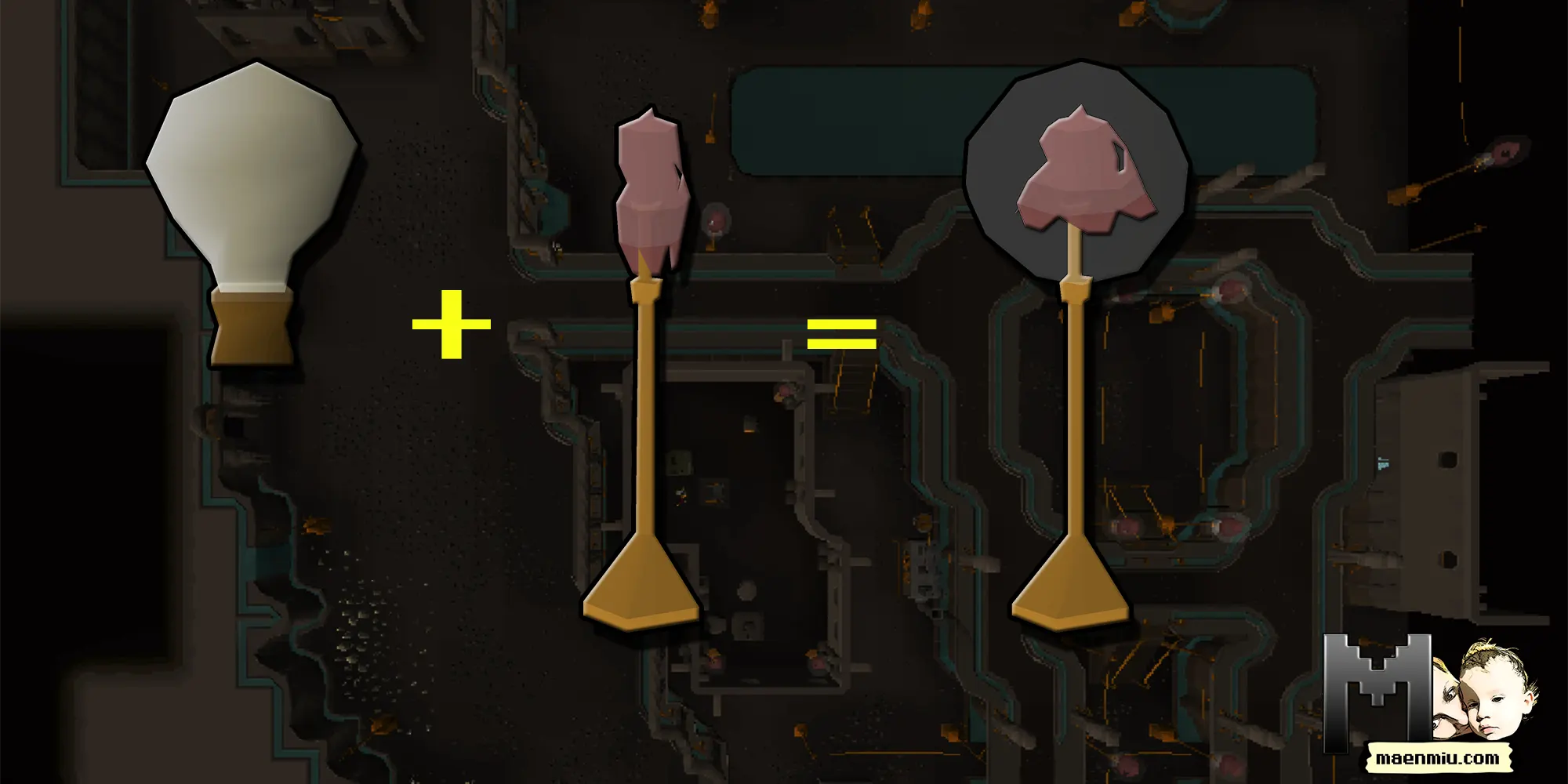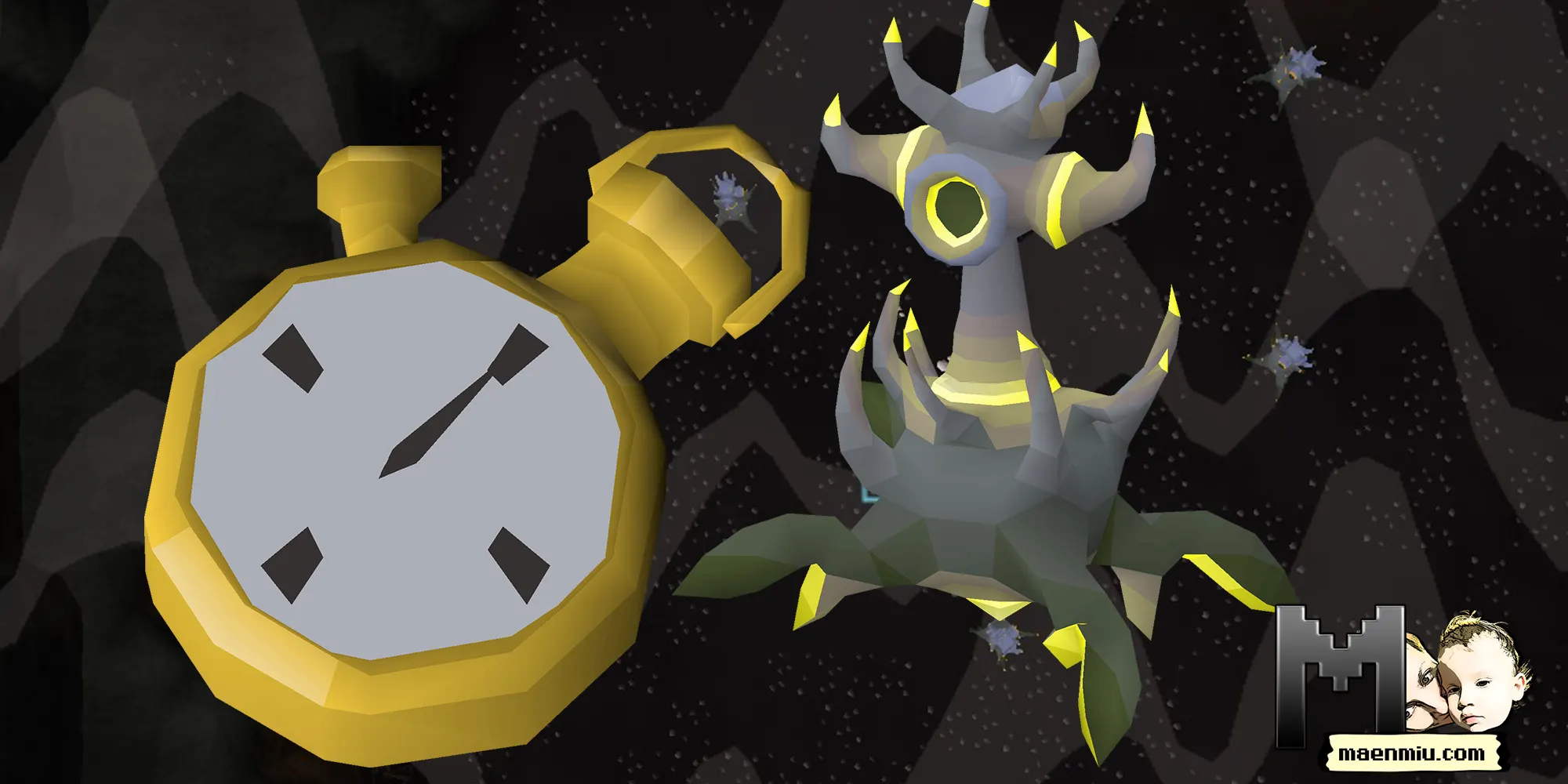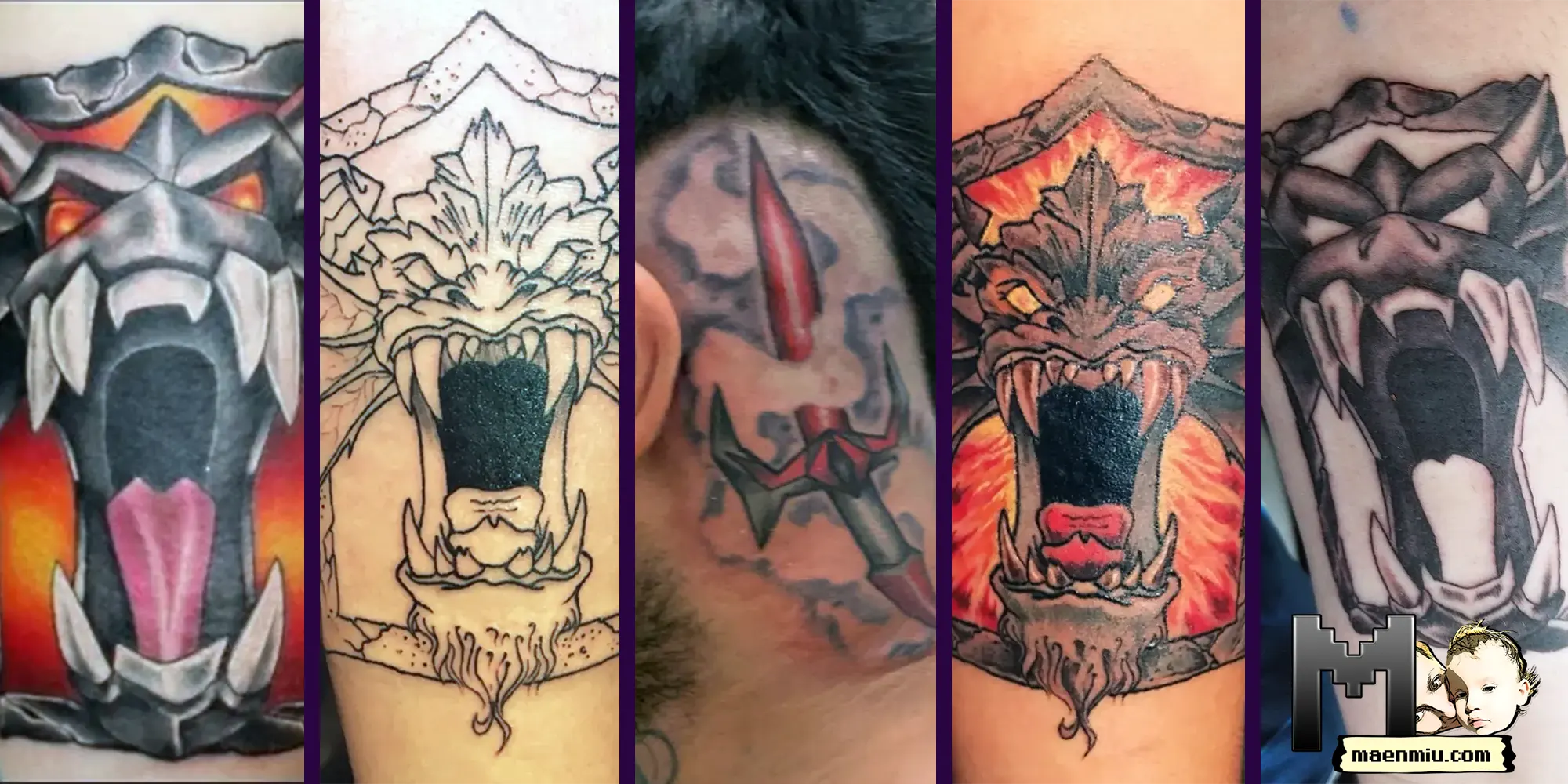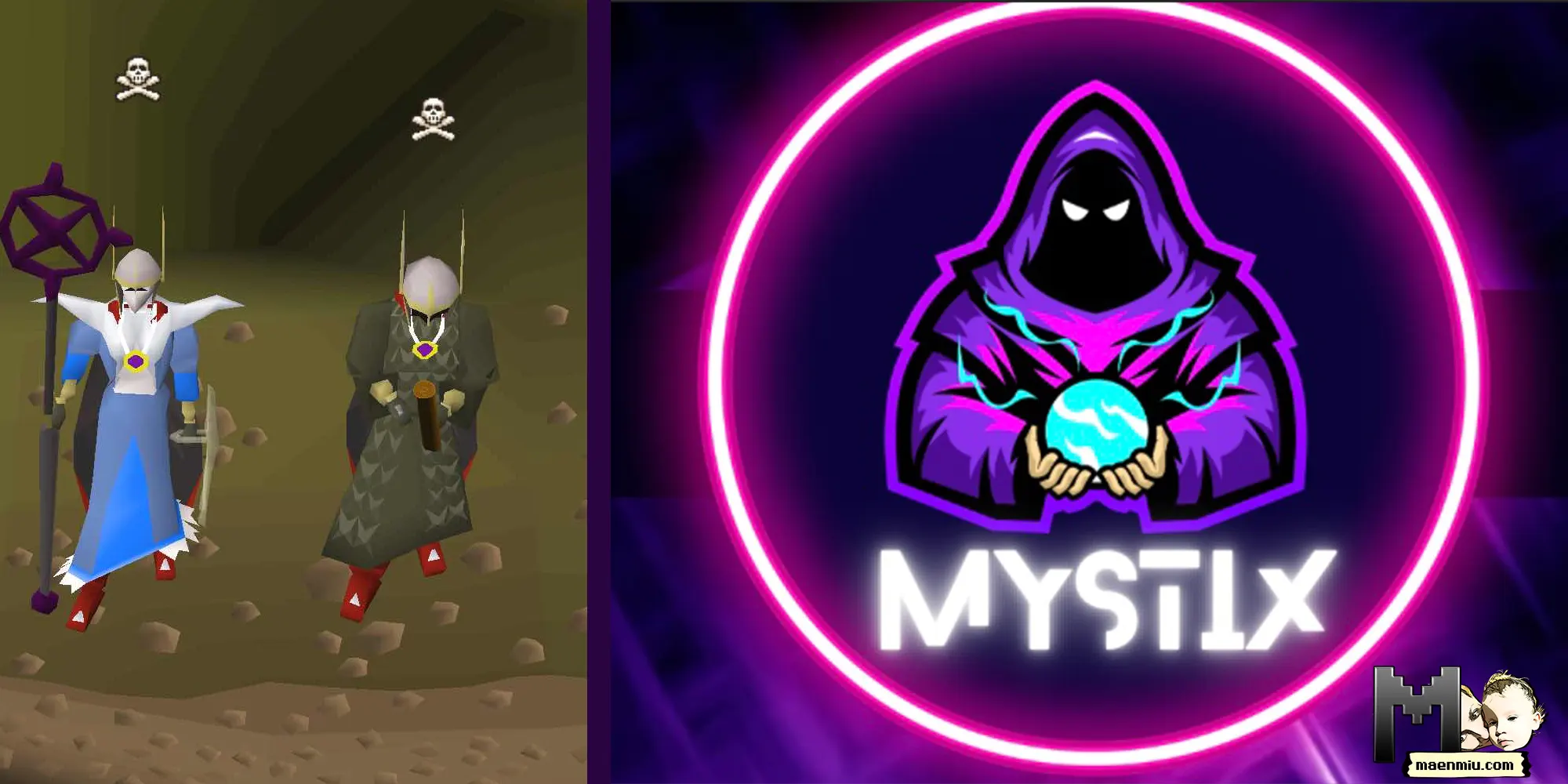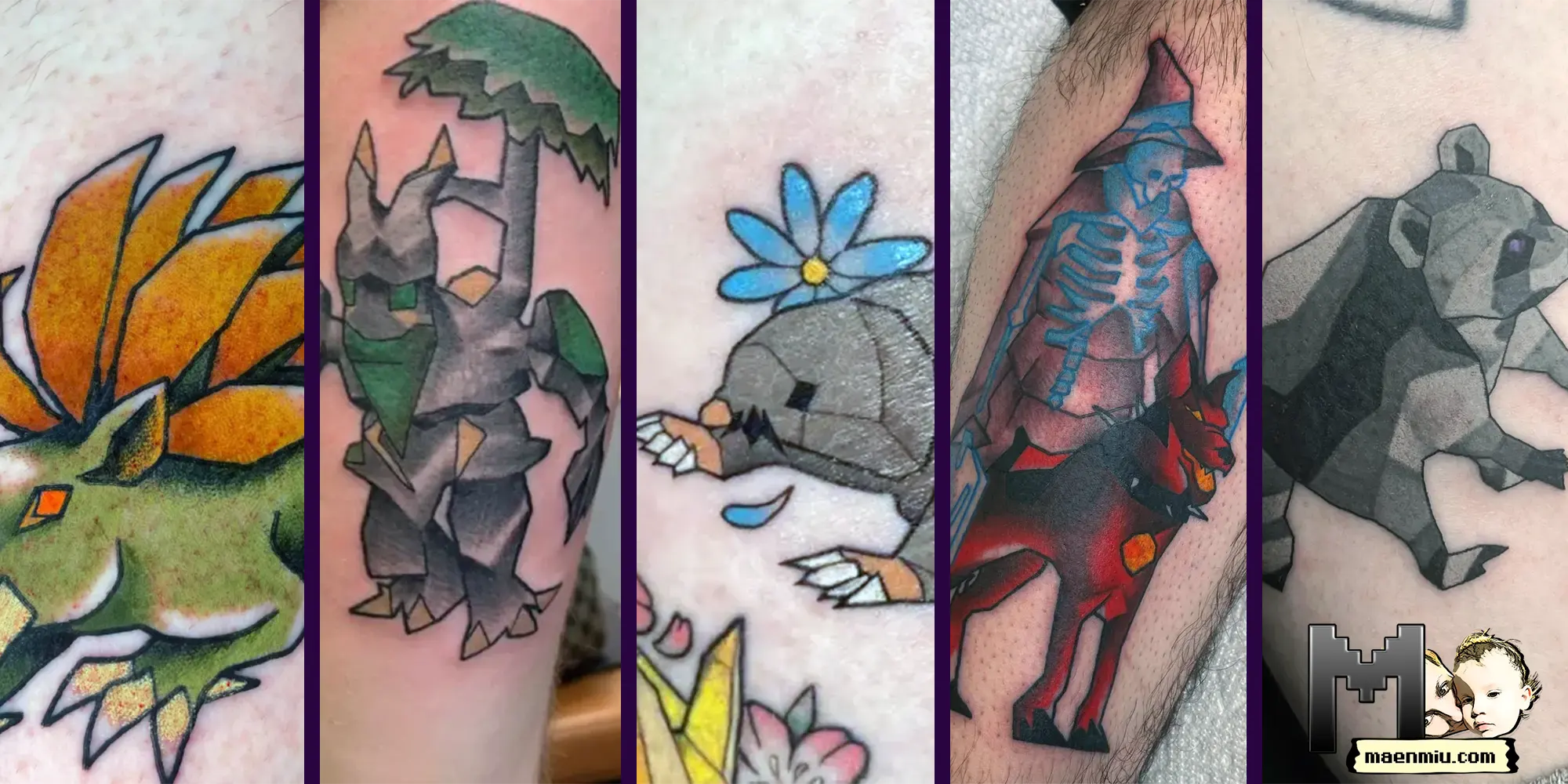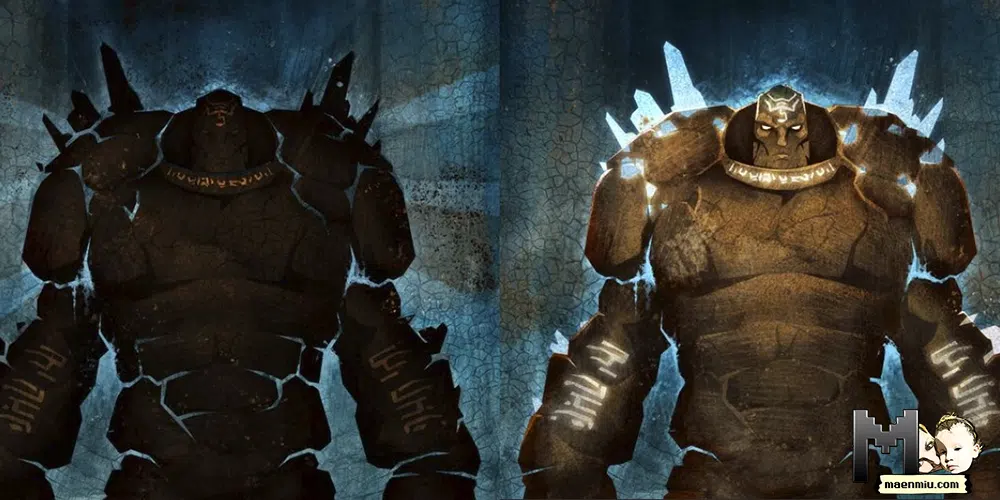
The Dragon Age series, a renowned fantasy role-playing video game franchise developed by BioWare, is celebrated for its richly textured world-building and complex narrative arcs. One of its most striking and intriguing elements is the concept of golems – towering constructs of stone or metal, imbued with a semblance of life and cognition. When we delve deeper into their conceptualization, we find striking parallels between these fictional constructs and modern Artificial Intelligence (AI). This article aims to explore these compelling similarities, seeking to bridge the worlds of magical fantasy and contemporary technology.
You might like
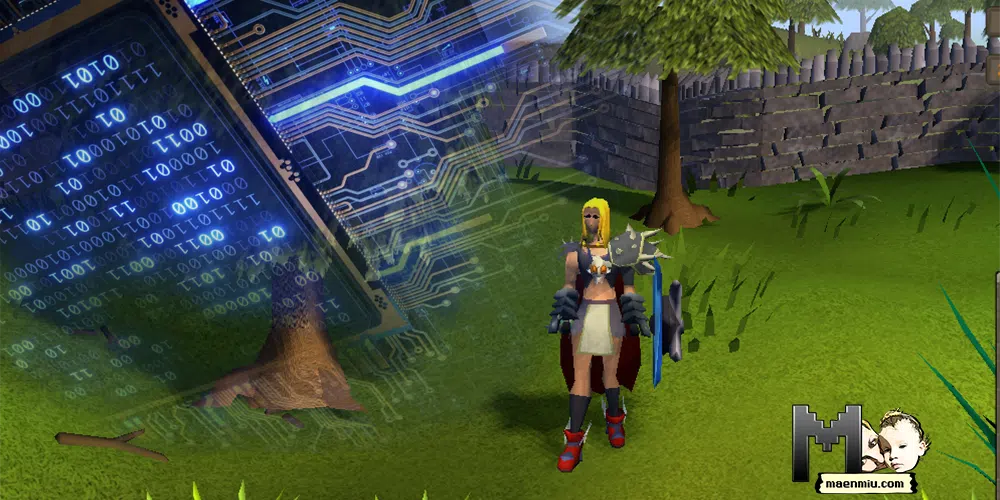
The Conception of Golems and AI
In Dragon Age, golems are created through a secretive and nearly lost art known as ‘golemancy’. This involves the transfer of a living being’s spirit into a stone or metal body, thus animating the golem. Parallels to artificial intelligence can be drawn here, as AI creation also involves imbuing a non-living entity – a machine or a digital platform – with a form of ‘consciousness’ or intellectual capability. Golemancy and AI development both seek to give life to the lifeless, using arcane knowledge or advanced technology, respectively.
Cognitive Abilities and Learning
Golems in Dragon Age possess an understanding of the world around them, though they lack emotional comprehension. They can interact with their environment, carry out tasks, and even participate in conversations, albeit with limited emotional context. Similarly, AI algorithms and machine learning models can perceive and analyse their environment, understand human language through Natural Language Processing, and learn from the data they’re fed, even though they lack the emotional comprehension that characterizes sentient beings.
Golems, like AI, are continually learning from their experiences. They adapt to situations based on previous interactions, mirroring the concept of machine learning, where AI models refine their understanding and response patterns as more data is accumulated.
Decision Making and Autonomy
The most formidable golems in Dragon Age, such as Shale, display a significant degree of autonomy and independent thought, sometimes defying their creators or handlers. Similarly, advanced AI systems can make autonomous decisions based on their programming and learning. These decisions may sometimes even defy the initial expectations of their human creators, as seen in complex machine learning models that form insights and responses humans may not predict.
Ethical Considerations
The creation and use of golems in Dragon Age raise profound ethical questions, much like AI in our world. Golem creation involves the sacrifice of a living being, and the golems themselves often grapple with the nature of their existence and their retained (or lost) humanity. Similarly, AI ethics is a significant field of study and debate. Questions of bias, autonomy, responsibility, and the potential for AI to replace human jobs are all hotly debated topics, underscoring the ethical complexities surrounding the use and evolution of AI.
The Potential for Misuse
Golems, in the wrong hands, can become weapons of mass destruction. Similarly, misuse of AI can lead to devastating consequences, from autonomous weapons in warfare to invasive surveillance systems infringing on privacy, to algorithmic biases causing significant social harm.
The Uncertain Future
Just as the future of golems in Thedas (the world of Dragon Age) remains uncertain and tied to the forces that control them, the future of AI is nebulous and linked to those who develop and regulate it. Both fields are at a crossroads, where the potential for enormous good is balanced by equally significant risks.
The golems of Dragon Age serve as a thought-provoking metaphor for our real-world AI. Both represent the creation of non-human intelligence by human-like beings, raising critical questions about autonomy, ethics, and the power dynamics that can be established between the creator and the creation in such contexts.
I created this article with the partial assistance of an AI tool. Learn about my view on AI and why I’m telling you about it.

